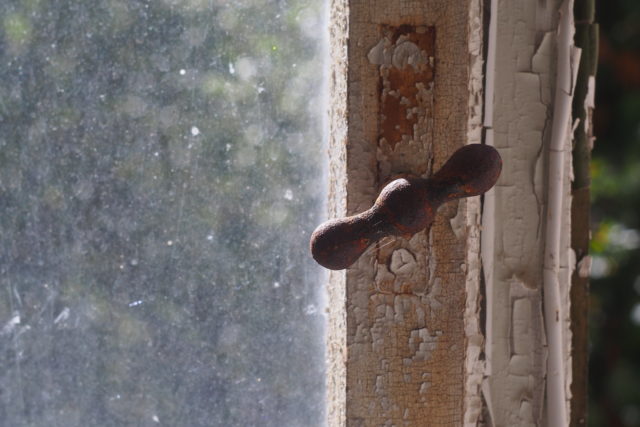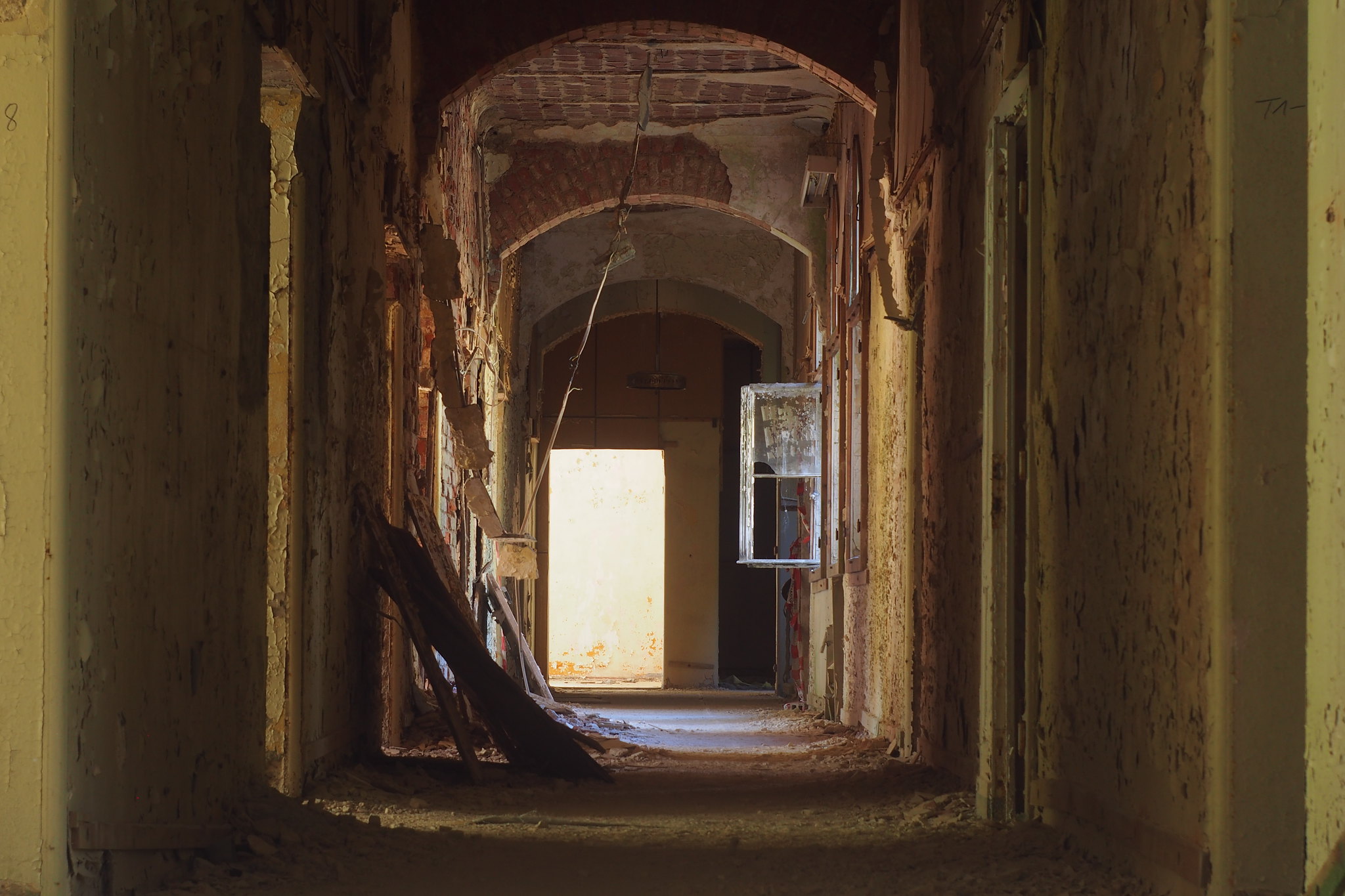At the end of the 19 century, the January chapter of the Order of St. John came up with a plan to create a medical institution that could cater to 60 patients with tuberculosis. Construction became possible after a substantial donation from a man named Werner von Seebach in 1895.
The administrative district of Erfurt was chosen as the location for the new sanitorium because it had suitable climatic conditions. In the summer of 1899, a 45-acre site among dense forests on the southern slope of the Ochsenberg mountain was deemed to be a perfect fit for the new tuberculosis sanatorium. The Order leased the land for 50 years.
Plans for the medical facility were drawn up by architects Heino Schmieden and Julius Boethke. The layout consisted of a central building with two outlying buildings connected by arcade-shaped hallways. The start of construction was slightly delayed because as well as clearing away the trees, it became necessary to set up earthworks to address the uneven plane of the rocky slope.
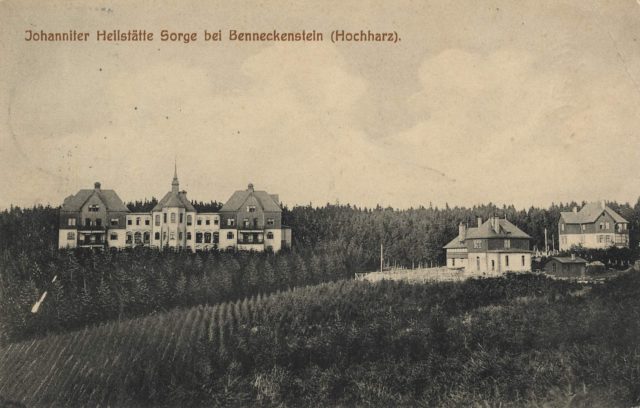
The main medical complex consisted of three floors, making it quite a massive structure. It also housed a library, a winter garden, lounges, and dayrooms. Amazingly, the building was also able to incorporate a church with a bell tower on the second floor in the central building.
Construction took three years, and the sanatorium’s official opening was held in the summer of 1902. Reports state that even Prince Albrecht of Prussia attended the opening ceremony. A month later, the first patients were welcomed into the sanitorium.
Initially, the sanatorium accepted only female patients. The rooms on offer were bright and airy with south-facing windows. It was not cheap to obtain treatment at the sanitorium, and patients had to bear their own costs. However, the Order did provide grants for some patients.
In 1906, the sanitorium was connected to the newly built power station at Benneckenstein, and its capacity was increased to 72 beds. By 1908, all the beds were occupied.
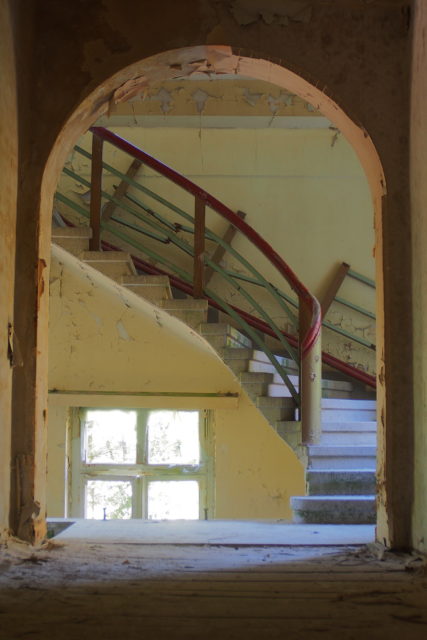
Between 1908 and 1940, the chief physician was Hans Pigger, and he instituted strict treatment regimes that yielded very positive results. The sanitorium soon gained a solid reputation for the efficacy of its treatments, which included reclining in the fresh air and exercise by walking the paths set out around Ochsenberg.
During the First World War, the sanatorium continued to operate. Once the war was over, the building was slightly renovated and expanded to include 88 beds. In 1925, a guest house was built, and a little later, operating and treatment rooms were added, all stocked with modern equipment.
In 1926, plans were drawn up for a large-scale expansion of the sanatorium, and the land, which had previously been leased, was purchased outright. An extension was added to the central building so that the sanatorium now accommodated 180 beds.
Further extensions and improvements were carried out in the years that followed, and by 1938, the hospital had a capacity of 165 beds and also offered living quarters for the three doctors and a few members of staff.
Just as it had during the First World War, the sanatorium continued its work during the Second World War. At that time, patient numbers decreased but rose again once the hostilities were over.
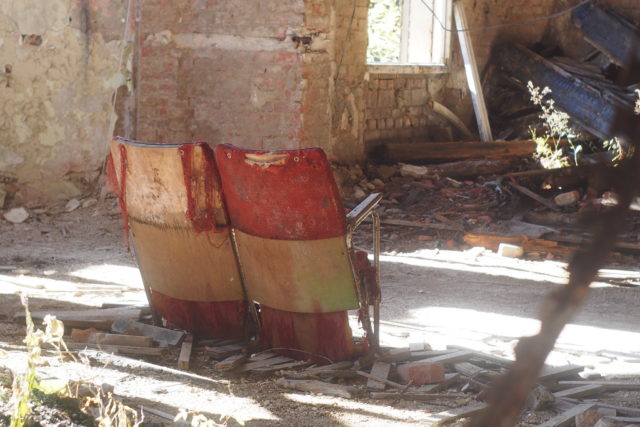
By 1961, only 120 out of 180 beds in the sanitorium were occupied due to a decrease in the incidence of tuberculosis. This decrease led to the first financial problems for the sanatorium. As a solution, from the beginning of 1962, the sanatorium began to accept male patients. Gradually, the sanatorium filled up again.
It was around this time that the Order was obliged to hand over management of the sanatorium to the Evangelical Church due to the emergence of the GDR. A few years later, in November 1967, the local district administration issued an order to close the sanatorium within a month, with no reasons given as to why. The medical facility duly closed on December 31, 1967.
A year later, the property was sublet to the National People’s Army (NVA) and Border Troops, and it was used as a convalescence center for everyone from NCOs to generals. Its most famous guest was Heinz Hoffmann, Army General and Defence Minister of the GDR.
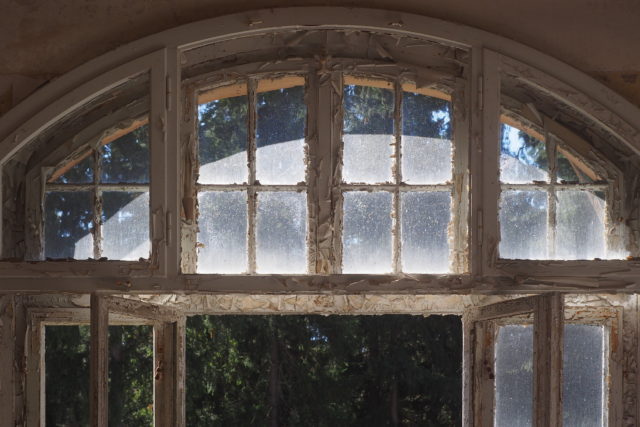
At first, the center just catered for the NVA, but from 1986 onwards, it offered treatments to citizens too. Due to its location near the border between Lower Saxony and Sorge, the whole area was securely fenced.
When the NVA was dissolved in 1990, the former sanatorium was taken over by the Bundeswehr who did nothing to maintain its upkeep beyond keeping on five former employees as security guards. As a result, the empty buildings began to fall into decline.
The land was returned to the Order of St. John in 1992, but while the buildings might be salvageable, it would be a huge investment to create a medical facility that met modern German health standards. In addition, it was estimated that the costs of running and maintaining such a medical facility would outweigh the income.
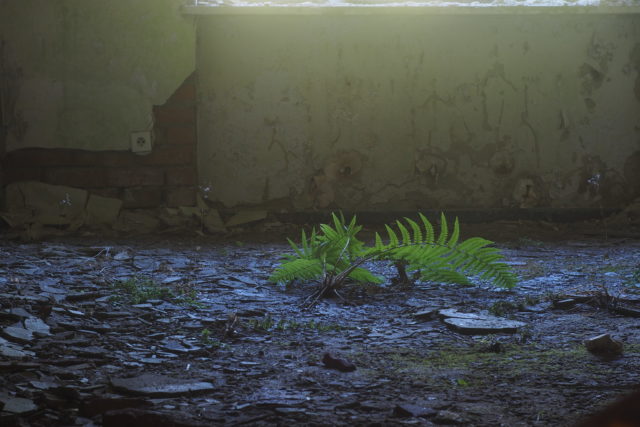
There was some talk about repurposing the buildings for use as, for example, a children’s home. However, nothing ever came of such discussions. Attempts to sell the property fell through as no one would meet the asking price of three million Deutschmarks.
Instead, the property was left to rot. In 2016, it was in a sufficiently derelict state that it was considered perfect as a set for the horror movie Eastern Zone, which tells the fictional history of this sanatorium.
Currently, the buildings are very badly damaged. Parts of the roof have collapsed and the windows are broken. This place was often frequented by photographers, but visitors needed to be careful as the state of the buildings made entry hazardous.
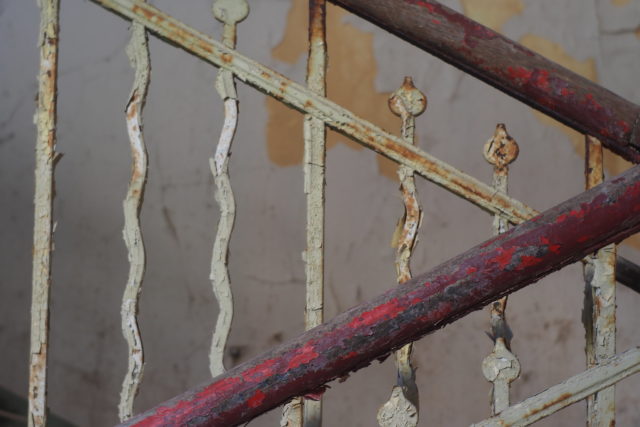
In recent years, this area has been used by the Lost Place Adventure Camp, meaning that access is prevented by fences, security cameras, and guards with dogs. The basement and the third floor are closed for safety reasons, but paying visitors are allowed to explore the site and its associated sled dog experience.
Thorsten Hass captured the sanatorium in its current state and allowed us to share these beautiful photographs in our article. A big thank you to Thorsten Hass, and do please visit his Flickr account to discover more of his work.
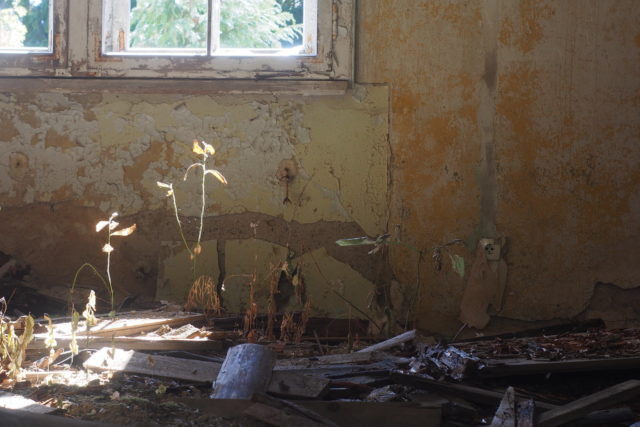
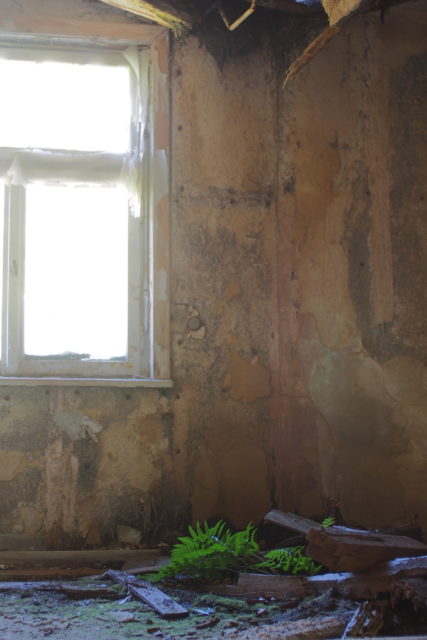
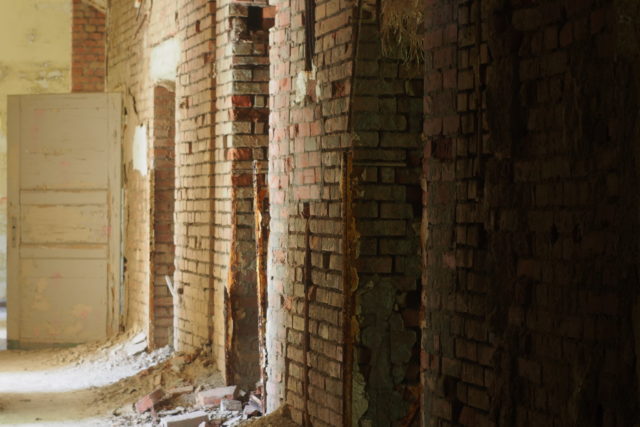
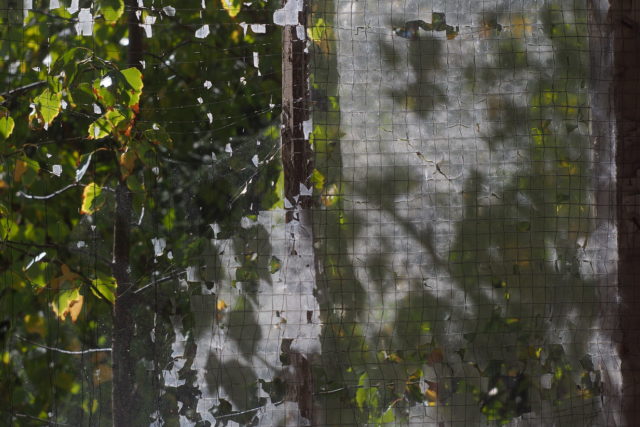
Another Article From Us: North Concord Radar Station in Vermont and its Legends
